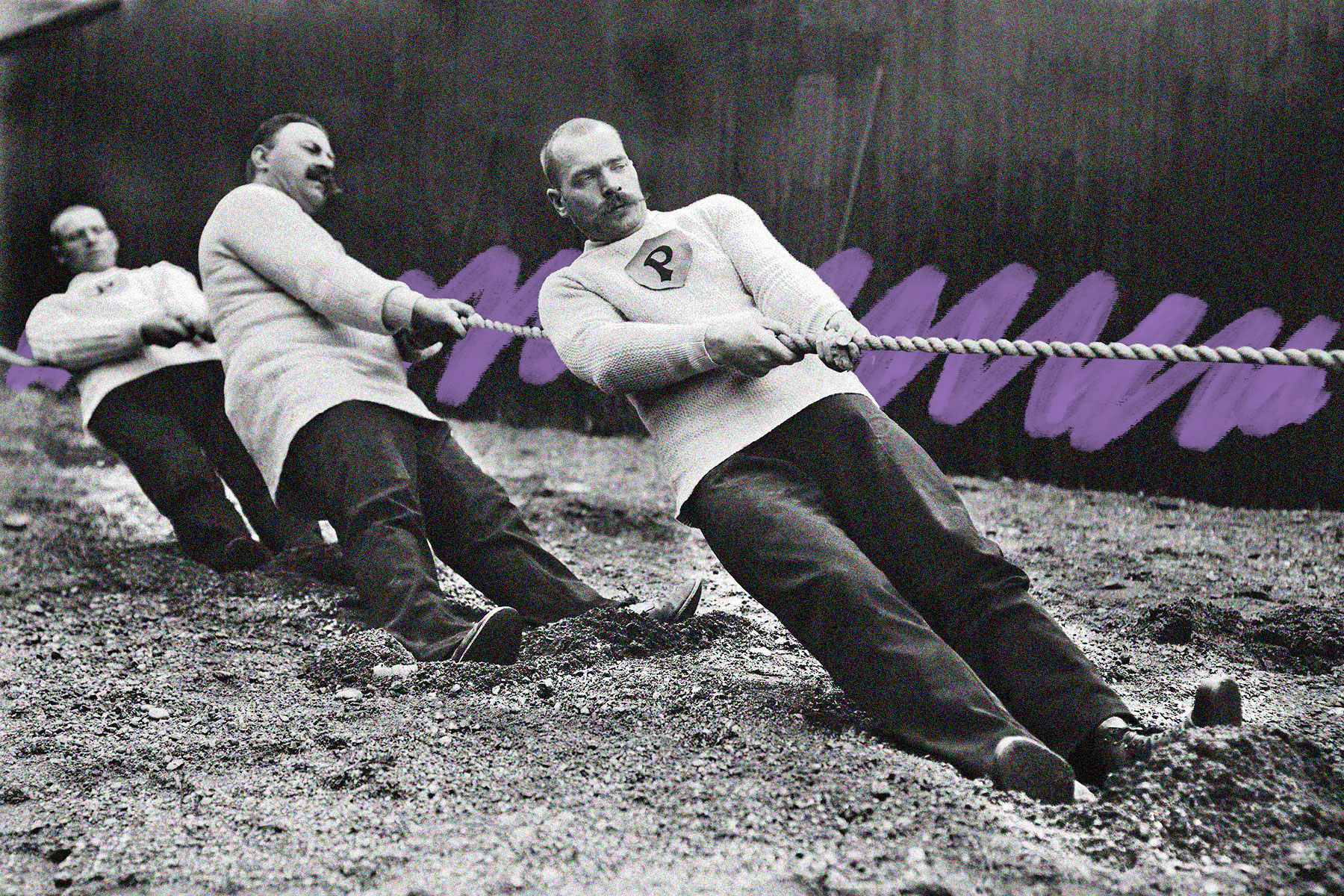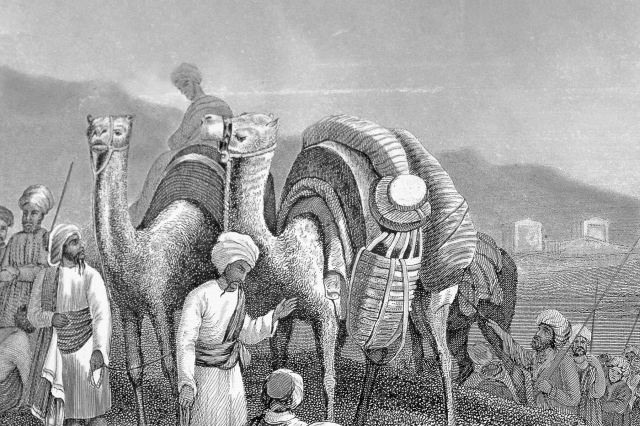Today, we associate tug-of-war with cookouts and schoolyard games, but for a brief period in the early 20th century, world-class competitors participated in tug-of-war matches on one of the most prestigious stages in athletics: the Olympic Games. |
| |
| |
|
 |
|
| T oday, we associate tug-of-war with cookouts and schoolyard games, but for a brief period in the early 20th century, world-class competitors participated in tug-of-war matches on one of the most prestigious stages in athletics: the Olympic Games. Tug-of-war was an event at five Summer Games: in 1900, 1904, 1908, 1912, and 1920. The rules of Olympic tug-of-war were essentially a slightly more regulated version of the game commonly played today. Two teams of eight competitors (or five or six competitors in the 1900 and 1904 Games) grabbed hold of either side of a rope, and two lines were drawn in the middle of the field, 6 feet away from each team. The two sides then battled to pull the opposing team 6 feet over the line closest to their side — or to make the other team fall over. If this wasn't accomplished within a five-minute time limit, the team that had pulled their opponent the greatest distance was declared the winner. |
|
|
| However, there were some unusual rules in Olympic tug-of-war that led to a few odd results. For instance, a country could enter multiple teams into the same competition, which resulted in the United States winning the gold, silver, and bronze medals in tug-of-war at the 1904 Olympics. A similar result occurred after a controversy in the 1908 Games: When the United States complained that the competitors from Great Britain had an unfair advantage from the heavy, spiked police boots they were wearing, the U.S. withdrew from the competition in protest, and all three medals went to Great Britain. After the 1920 Games, the International Olympic Committee removed around 30 sports from the Olympics, including tug-of-war, amid concerns that the event was getting too large. |
|
|
 |  |
|
|
 |
|
| |
|
| Olympic medals won by Great Britain in tug-of-war, the most of any nation | | | 5 |
| | | Weeks that "Ebony and Ivory," off Paul McCartney's album Tug of War, topped the Billboard Hot 100 | | | 7 |
| | | Weeks that "Ebony and Ivory," off Paul McCartney's album Tug of War, topped the Billboard Hot 100 | | | 7 |
|
|
|
| Weight (in tons) of rope used in the annual Naha Great Tug-of-War Festival in Japan | | | 43 |
| | | National teams and competitive associations in the Tug of War International Federation | | | 75 |
| | | National teams and competitive associations in the Tug of War International Federation | | | 75 |
|
|
|
 |
|
 | | Did you know? |
|
|
The Olympics used to award medals for art. |
|
| Between 1912 and 1948, the Olympic Games awarded medals not just for athletics, but also for works of art. Artists in the Olympics competed in five categories: literature, music, painting, sculpture, and architecture. All works had to be original, and they had to be inspired by the subject of sports. Some notable artists won Olympic medals for their submissions. In the 1932 Games in Los Angeles, architect John Russell Pope, the designer of the Jefferson Memorial, took home a silver medal in architecture for his design of Yale University's Payne Whitney Gymnasium. Another notable winner was the multitalented competitor Walter Winans, who won both a silver medal for sharpshooting and a gold medal for sculpture at the 1912 Olympics in Stockholm. The Olympic art competitions were discontinued after the 1948 Games, but the arts didn't disappear from the Olympics completely. They live on through the Cultural Olympiad, a noncompetitive cultural festival that accompanies the Olympic Games to this day. |
|


Lainnya dari















0 comments:
Post a Comment